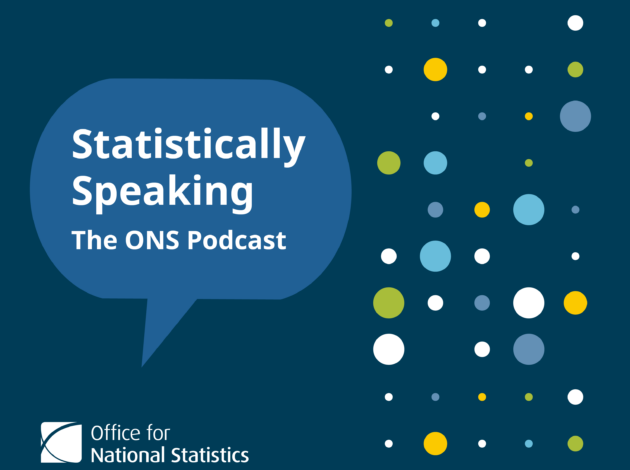PODCAST: The Year in Review

It has been another momentous year for the Office for National Statistics. National Statistician, Sir Ian Diamond, joins Miles in…
Read more on PODCAST: The Year in Review
It has been another momentous year for the Office for National Statistics. National Statistician, Sir Ian Diamond, joins Miles in…
Read more on PODCAST: The Year in Review
The ONS, the University of Oxford and the UK Health Security Agency are conducting a pilot study to determine whether…
Read more on The Bigger Picture: Using the COVID-19 Infection Survey to track other infections
The rising cost of living affects everyone and finding reliable answers to the questions that everyone is asking can be a challenge. The ONS today launched an accessible a cost of living insights tool to help people navigate the wealth of published information on this critical topic.
Read more on Making sense of cost of living data
Inflation is big news at the moment given the economic impact of the COVID-19 pandemic, the Ukraine conflict and the subsequent rise in the cost of living. When inflation is high, we all feel the impact as this reduces the amount of goods and services we can afford to purchase. As our latest numbers show a fall in the inflation rate, Chris Jenkins explains why it is important to understand this doesn’t necessarily mean a fall in prices.
Read more on Inflation: How it’s reported and its impact on prices
The UK statistical system works best when there is collaboration between statistical producers – we maximise the value of data…
Read more on Embedding joined up insight across UK statistics